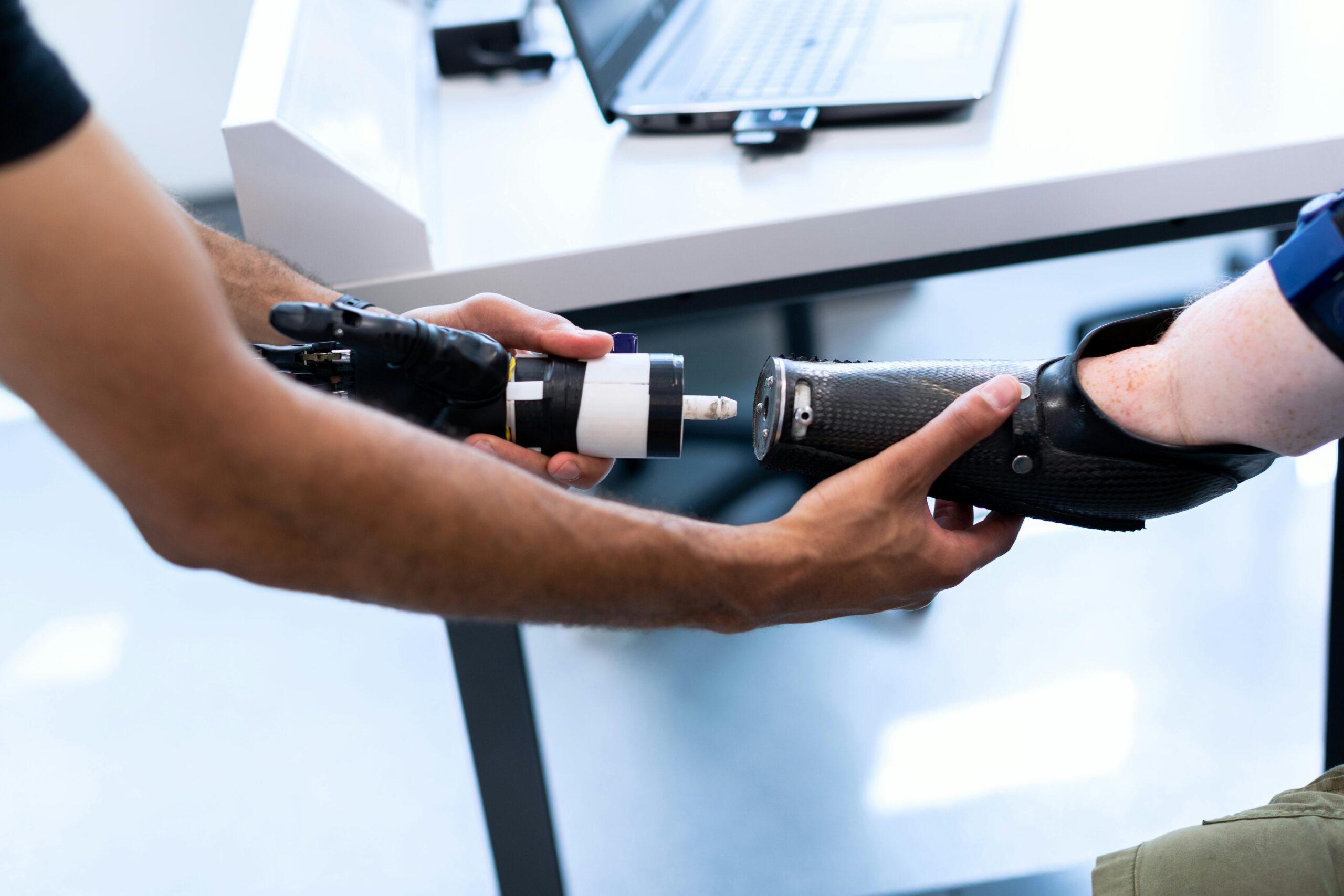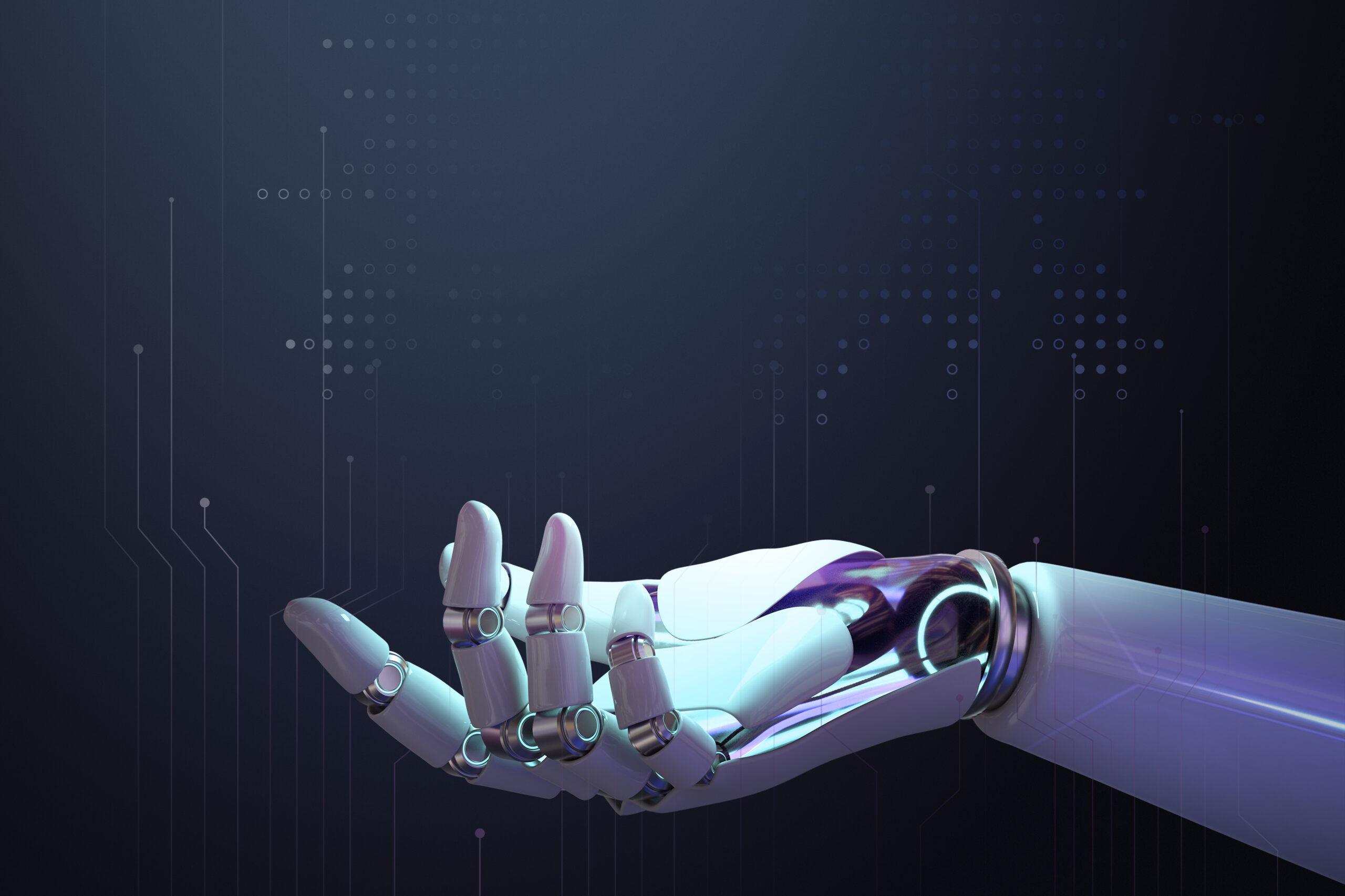Transportation is one of the industries being revolutionized by robotics. From self-driving cars to delivery drones, robotics is reshaping how people and goods move across cities and countries. These advancements promise safer, faster, and more efficient transportation systems that could change the way we live and work. Let’s explore how robotics is driving the future of transportation.
Self-Driving Cars
The most well-known example of robotics in transportation is the self-driving car. Using sensors, cameras, and artificial intelligence, these cars can detect obstacles, follow traffic rules, and navigate roads without human input. Companies like Tesla, Waymo, and Uber are testing autonomous vehicles that aim to reduce road accidents caused by human error. While full adoption is still years away due to legal and safety concerns, self-driving cars could eventually become a standard mode of travel.
Delivery Robots and Drones
The rise of e-commerce has created demand for faster and more efficient deliveries. Robotics is meeting this challenge with delivery robots and drones. Ground-based delivery robots can carry packages or food orders to customers’ doors, while drones are being tested for quick aerial deliveries. This technology could cut down delivery times, reduce traffic congestion, and lower costs for businesses.
Public Transportation Automation
Robotics is also transforming public transport. Many cities already use driverless trains and metro systems, which run on automated systems that reduce human error and delays. In the future, we may see fully robotic buses and shuttles that transport passengers safely and efficiently, especially in urban areas. These autonomous systems could improve punctuality, reduce labor costs, and make public transit more reliable.
Smart Ports and Airports
Ports and airports are adopting robotics to streamline operations. In ports, robotic cranes and vehicles handle cargo with speed and precision. At airports, robots assist with baggage handling, cleaning, and even guiding passengers. These improvements make global transportation more efficient while reducing waiting times and human workload.
Safety and Environmental Benefits
One of the biggest advantages of robotics in transportation is safety. Human error is a leading cause of accidents, and autonomous systems can significantly reduce this risk. In addition, robotic systems can optimize fuel usage, reduce emissions, and support the transition to cleaner and more sustainable transportation methods. Electric autonomous vehicles, for example, combine robotics and green energy to minimize environmental impact.
Challenges to Overcome
Despite the promise of robotic transportation, challenges remain. Technical limitations, cybersecurity risks, and the high cost of development slow down adoption. There are also ethical and legal questions about responsibility in case of accidents involving autonomous vehicles. Public trust is another hurdle—people need assurance that robotic systems are safe and reliable before embracing them fully.
Conclusion
Robotics is set to transform transportation by making it safer, faster, and more efficient. From self-driving cars and delivery drones to smart public transport systems, the future of mobility looks promising. While challenges remain, continuous innovation in robotics is paving the way toward smarter cities and more sustainable travel.
The day may come when calling a robotic taxi or receiving a drone-delivered package is as normal as using a smartphone today


